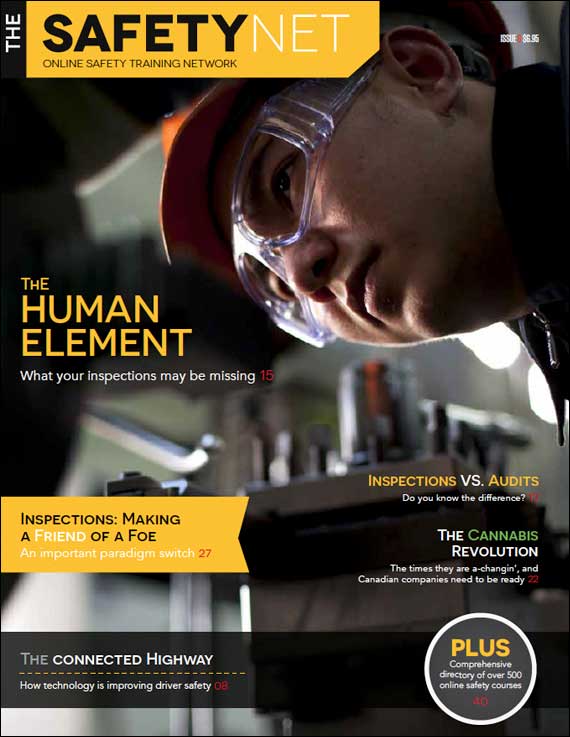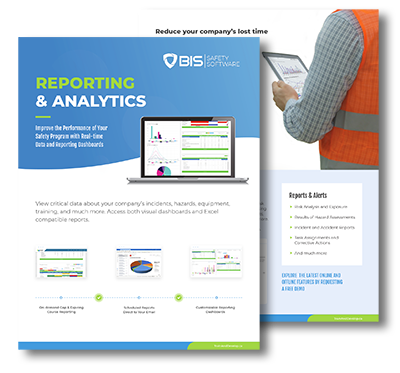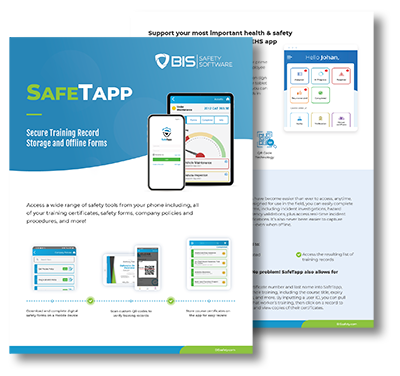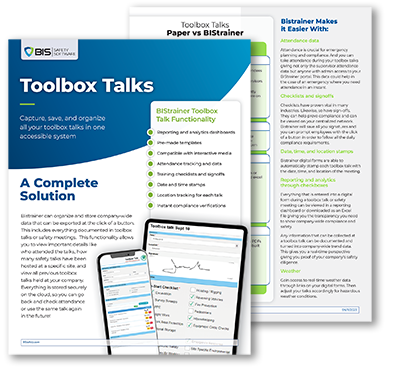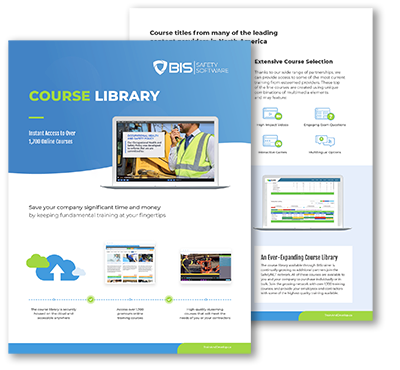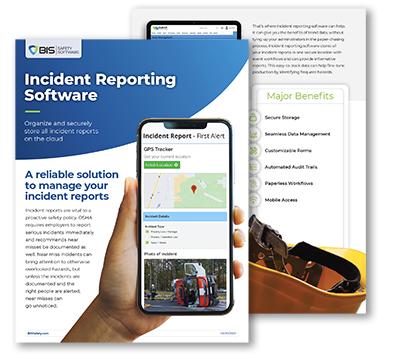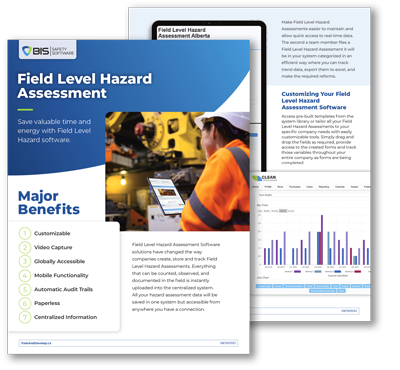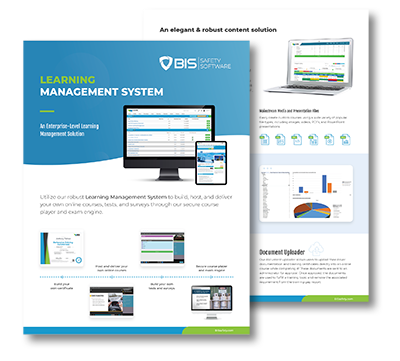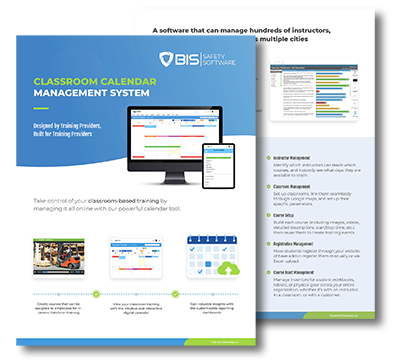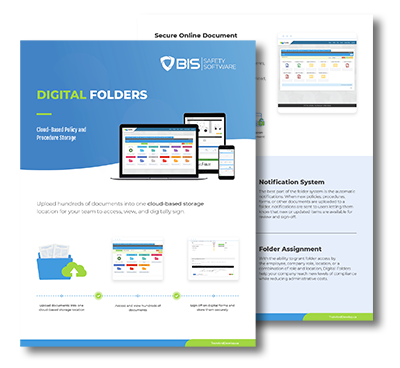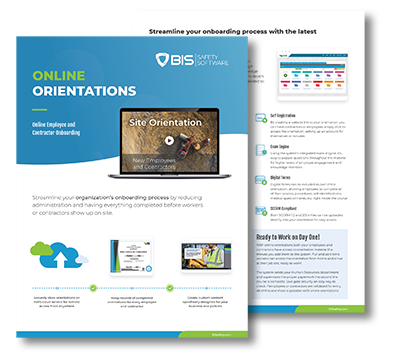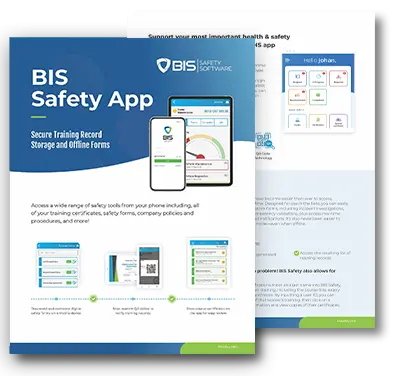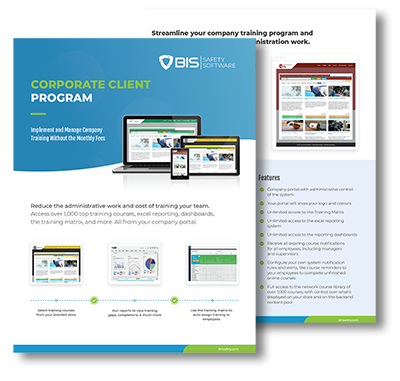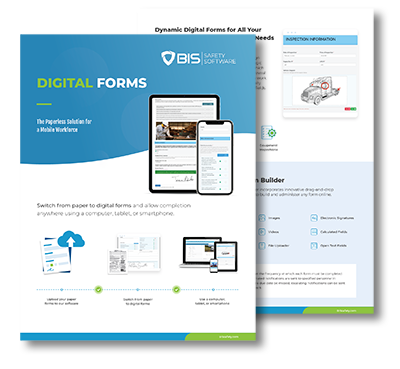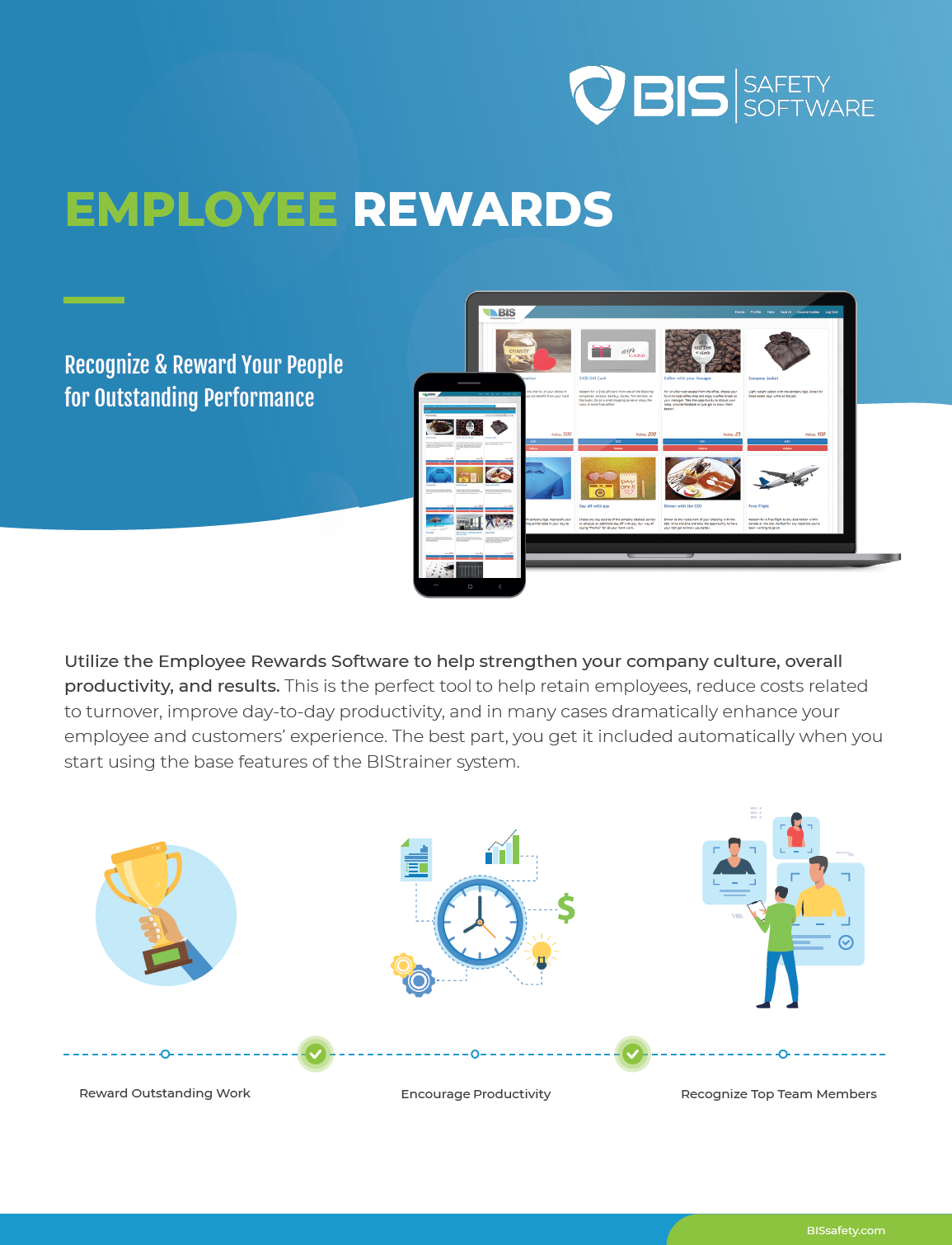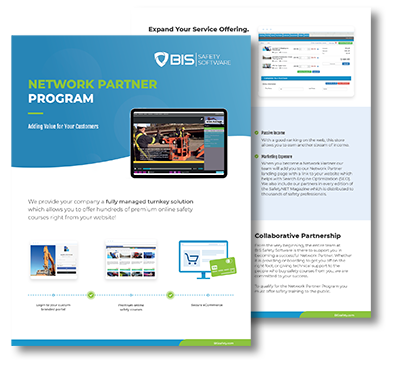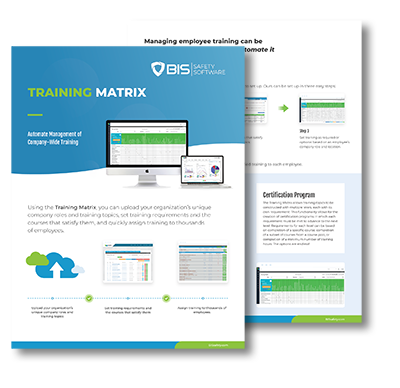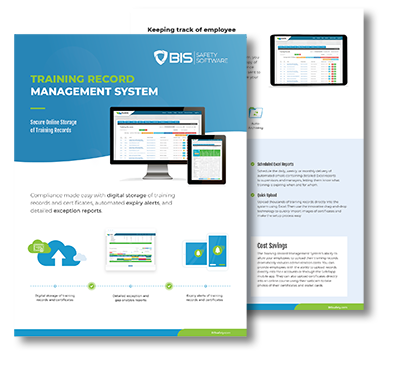
Digital Safety Audits That Actually Improve Safety
Switching to digital safety audits might cut down on paperwork, but unless they’re driving insight and action, they’re falling short. The best digital safety audits don’t just document conditions, they spark change.
Here’s how to build smarter audits that deliver value across the organization, from the shop floor to the C-suite.
1. Begin With a Purpose That Fits the Worksite
Before building out a digital form, clarify what you’re trying to achieve. Whether it’s compliance verification, behavior-based observation, or risk tracking, your audit must align with:
- Site-specific hazards
- Legal and regulatory standards
- Broader safety goals
This shapes questions that are actually useful, not just easy to check off.
2. Choose Tools That React to the Environment
Rethink the one-size-fits-all audits. Today’s tech enables:
- Smart forms that evolve based on input
- Required photo or video uploads for clarity
- Immediate flags for unsafe conditions
This makes audits more responsive to what’s actually happening on-site.
3. Focus on Root Causes, Not Just Conditions
It’s not enough to mark something as non-compliant. Ask why it’s happening. Use your audits to explore:
- Repeated equipment failures
- Missing training or unclear procedures
- Culture-driven issues like skipped PPE
Give workers space to share their perspective through open comments.

4. Drive Action with Real-Time Reporting
Audit findings shouldn’t collect dust. Instead, use platforms that:
- Auto-generate reports with built-in trend tracking
- Alert key personnel instantly when risks arise
- Feed insights into safety dashboards
The faster the insight, the faster the fix.
5. Turn Auditors Into Safety Coaches
Audits shouldn’t feel like a surprise inspection. Train your team to:
- Have productive, respectful conversations
- Offer coaching in real-time
- Reinforce good practices on the spot
This approach builds stronger teams, and stronger safety outcomes.
6. Show That Data Leads to Real Change
Follow-up matters. Show the link between audit results and real improvements:
- “Last month’s audits revealed [issue], we addressed it by [action].”
- Recognize improvements during shift meetings
- Use audit trends to support investment in safety upgrades
When people see that their input matters, they stay engaged.
Final Takeaway: Digital Audits Need Depth
Going paperless is just the beginning. The real value of digital safety audits lies in their ability to spark dialogue, uncover root causes, and drive meaningful improvements.
If your current system isn’t doing that, it’s time to rethink what a digital audit can be.











